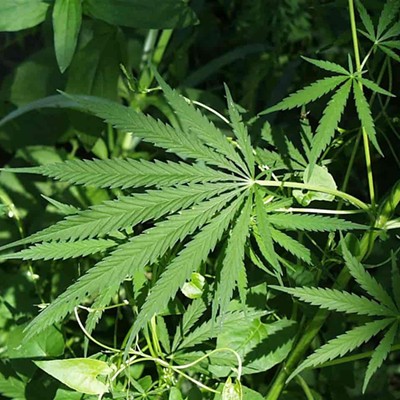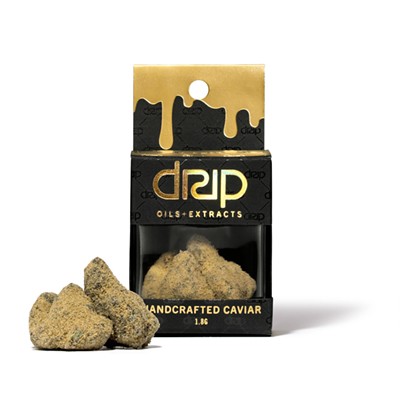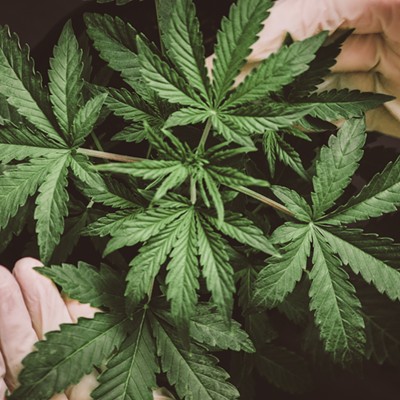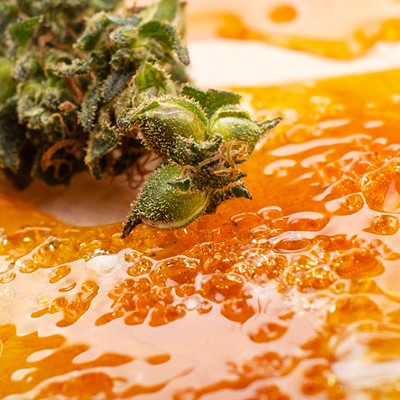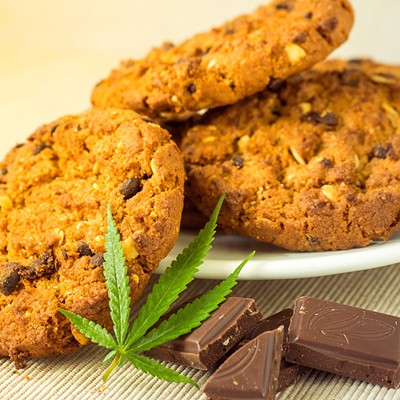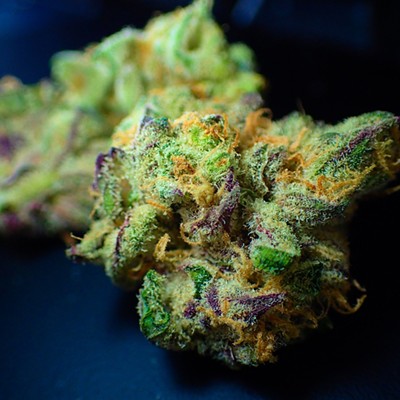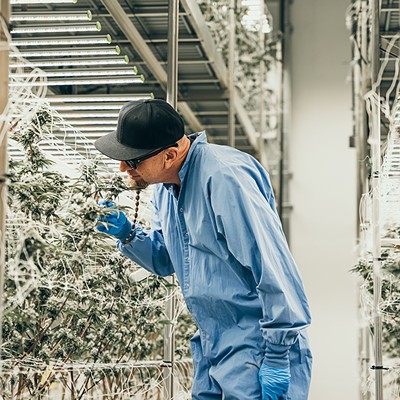Cannabis concentrates are aplenty these days, and the different methods employed have pros and cons.
The basic concept is to separate active compounds from inert organic material considered waste by herbalists.
This creates an extract that can be tested for potency and diluted or portioned to create consistent potency and effect in a batch.
This can be accomplished by using solvents or not. Solvents like ethanol, carbon dioxide, butane and propane are commonly used in cannabis extraction as well as the production of other herbal medicine.
Let’s go through the pros and cons of each of these. We will start with ethanol. This type of alcohol extraction is an inexpensive and effective method. However, the resulting extract will contain chlorophyll and plant waxes considered undesirable by the consumer and resulting in a dark and tar-like extract.
Carbon dioxide is nontoxic and has the benefit of capturing many terpenes. On the flip side, the equipment required is expensive because of the pressures utilized, and the process is inefficient with cycles of material taking many hours at commercial scale.
Some simple methods of CO2 extraction only require dry ice, a bucket and cheese cloth, but this can be inefficient.
Hydrocarbons, such as propane and butane, are favored by the nutraceutical industry. This method extracts fewer undesirable compounds because of the short time the gas is in contact with the plant material. The disadvantage is hydrocarbons are toxic and can even cause cancer. Great care, knowledge and expensive equipment is required to purge the residual solvent from the result.
The other big factor affecting the quality and character of concentrates is the nature of the starting material. Modern chemistry has hit this part of the cannabis industry hard.
People are converting CBD-rich hemp extract into psychoactive compounds — all kinds of kooky manipulation to cannabinoids.
Concentrate can be made from trim, whole buds or any cannabinoid-rich material. The higher quality the starting material, the higher quality the resulting extract will be.
Personally, I will let nature be my guide and stick to natural compounds in their natural form and in their naturally occurring ratios. This is what we know as full-spectrum cannabis oil.
Let’s talk about the different product designations for a moment; all these products can be generally lumped into the product category hashes. Waxes have a creamy consistency that some used to say looks like “ear wax”; it can be extracted with CO2 or hydrocarbons. Crumble is typically wax with air whipped into it before purging, thus creating a drier “crumbly” texture.
Shatter is more stable. A thin sheet of hydrocarbon extract is purged under heat and pressure creating a thin sheet of brittle potent extract that “shatters” like glass.
Bubble is an old-school term used to refer to ice water-extracted cannabinoids that when made properly will “bubble” when heat hits it. You can see the hippies who came up with the names for this stuff were pretty clever. Rosin is a technique using heat and pressure to separate the desired resin from the organic plant material. These two techniques combine to make ice hash rosin, which is considered a solventless extract despite chemistry commonly referring to water as “the universal solvent.”
Resin is the term for the resinous sticky fluid naturally produced by this magical healing herb. The term is also used in the product “live” resin, which indicates the plant material was harvested fresh and either extracted immediately or fresh frozen for later extraction, as opposed to cured resin which is dried in the typical way and then processed.
Distillate is next. After extraction by ethanol, hydrocarbon or CO2, the concentrate is put through a process known as fractional distillation. In essence, the THC is separated from the rest of the compounds resulting in a flavorless, nearly colorless and very potent oil.
This goes against my broad-spectrum philosophy. The flavorless and odorless qualities come in handy. We can use it to medicate food products without the item having an off flavor. Also, when your vape cartridge contains distillate, your neighbor won’t smell cannabis.
A few comments about all these concentrates. They are potent, think 50% to 90% THC. That’s powerful stuff, so start low and go slow — especially if you are taking cannabis oil in an edible form. The onset of effect for this type of product is delayed 40 to 60 minutes for the liver to metabolize the THC and allow its full effect to kick in. When dabbing concentrates, a little goes a long way. Try different products, but use good judgment as you explore.

